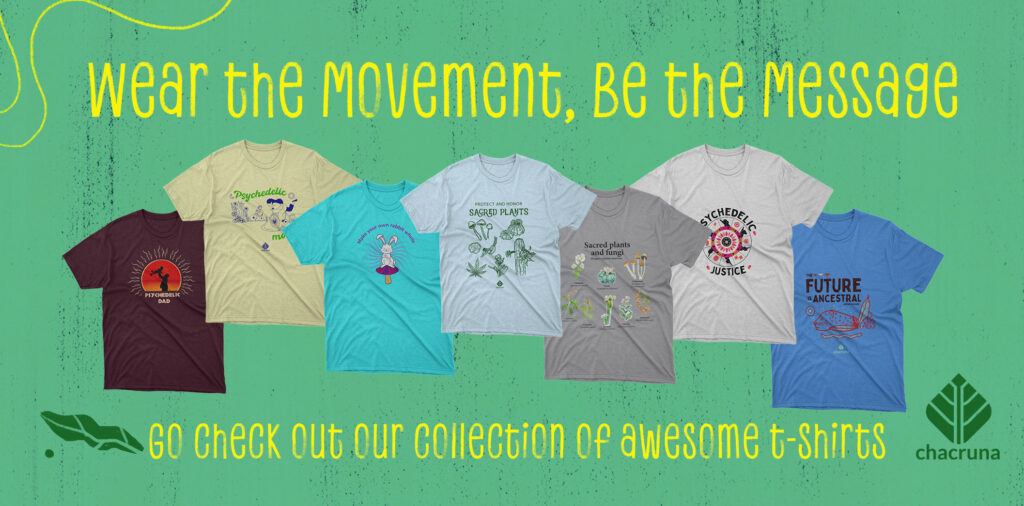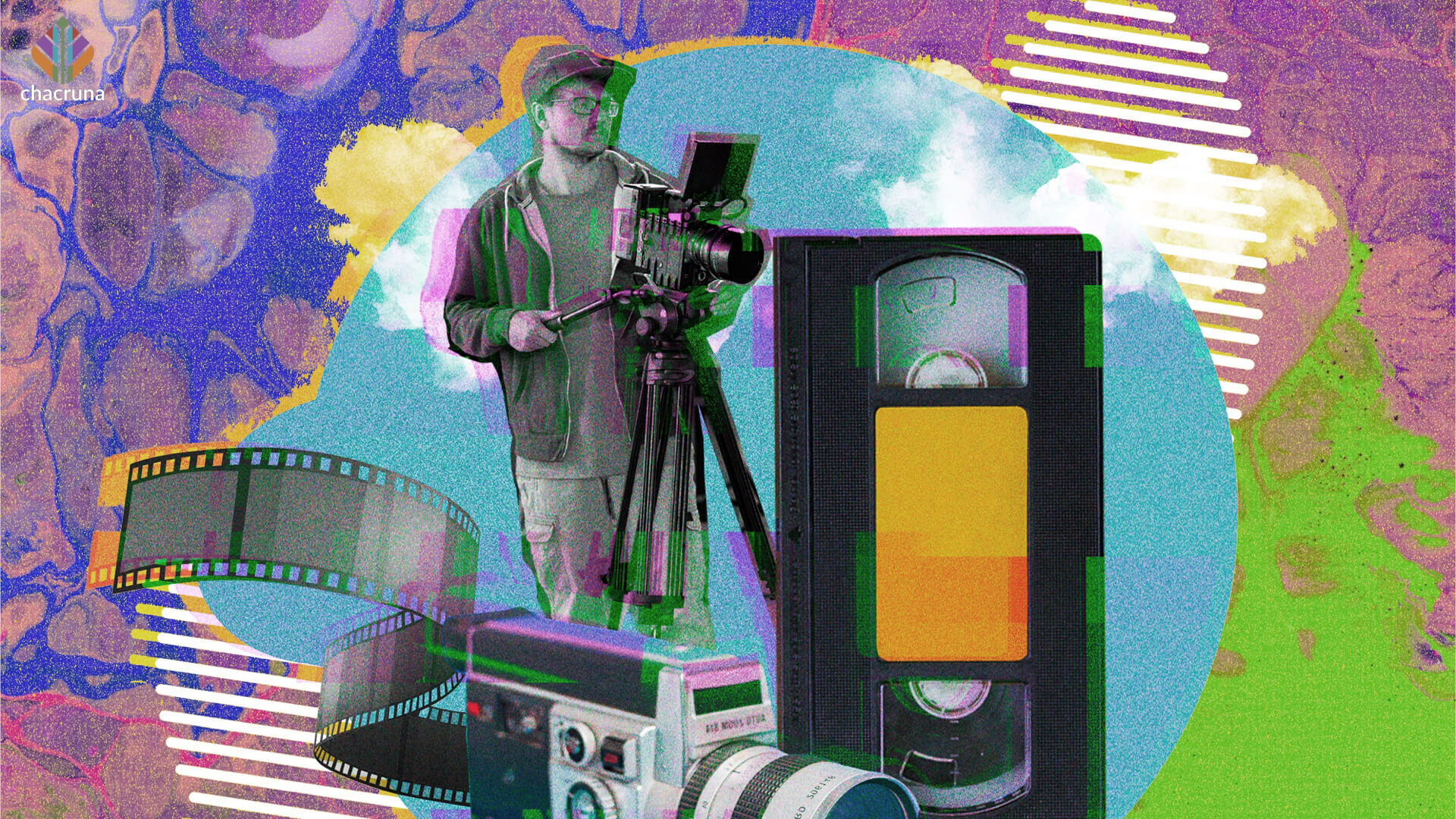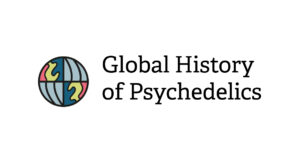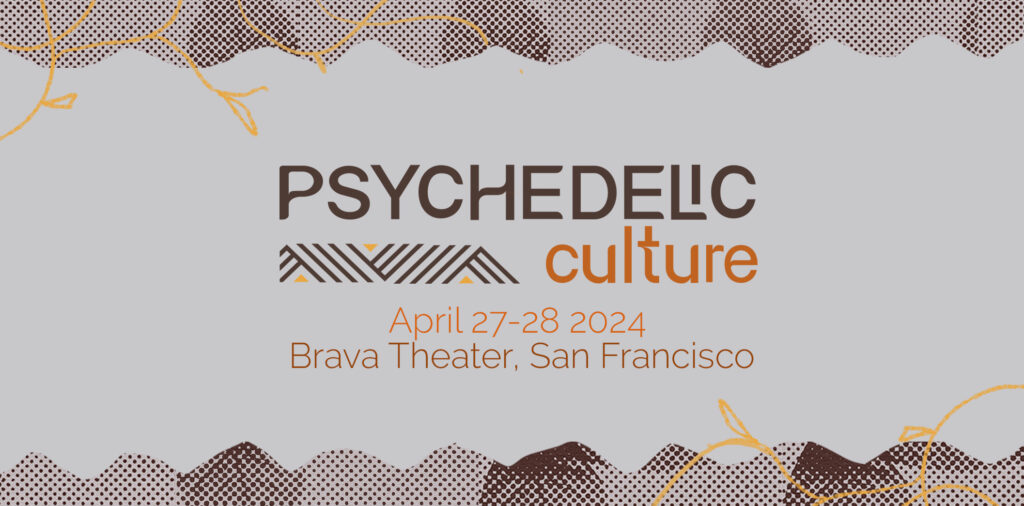In the middle of the 20th century, the invention and availability of new psychedelic drugs, and the growing cultural discourse around them, coincided with those of television, videotape, and computing. The technologies of psychedelics and electronics grew up together, and those using or thinking about one often implicated the other. When Sony and other Japanese manufacturers developed new portable videotape recorders in the late 1960s, for example, new communities of artists and tinkerers emerged around them first in the United States and Canada, then in Europe, Asia, North Africa, and Latin America. For the first time, declared these enthusiasts, many people could make their own television, breaking the broadcast oligopoly.
In describing the psychological and sociological implications of this new technology, many compared it to psychedelic drugs.
In describing the psychological and sociological implications of this new technology, many compared it to psychedelic drugs. “To write about . . . tape is explaining a trip to someone who’s never dropped acid,” wrote spiritual seeker Marco Vassi, in the first issue of the hip US-based video magazine Radical Software. In the next issue, when philosopher and sociologist Victor Gioscia searched for methods of adapting to social change by helping people “accelerate the formation of generalization,” he asked, “Does acid do it? Will videotape?” “Can we transplant this strange ‘ontology’ of drug experience to ‘safer’ and more ‘authentic’ art medium?” wondered pioneering video artist Nam June Paik in the same issue. “Video is as powerful as LSD,” answered a cartoon in the next issue by poet Edwin Varney.

Materially, the two technologies were very different—one by now a blot of liquid on a paper tab, the other a complex optical and electronic system—but, as Paik wrote, experimental videographers perceived a common underlying ontology. How did videotape and psychedelic drugs both come to be, to borrow a category of analysis from historian Fred Turner, “technologies of consciousness”? In my chapter in Expanding Mindscapes, I follow the common threads which bound the two technologies together.
Popular writers, including Aldous Huxley, Pierre Teilhard de Chardin, and Marshall McLuhan, depicted both psychedelics and electronic media as means to the evolution of collective consciousness, and found audiences among users of each. Under the influence of these writers, many mid-twentieth century Americans believed they had found tools which could deliver not only altered states of consciousness and greater insight into the self, but the ability to dissolve it, connect with others, and participate in a greater unity. Similarly, for experimental videographers, video seemed not only a new medium, but one which would bring about a new kind of awareness, a new way of being human.

Shop our Collection of Psychedelic T-Shirts.
In the 1950s, engineer Myron Stolaroff brought tape recording and psychedelic research together institutionally in a series of experiments on enhancing creativity. In 1961, Stolaroff founded the International Foundation for Advanced Study (IFAS). The IFAS conducted research in two areas. The first was essentially therapeutic, focused on treating mental illness and personal growth. The second research area focused on the effects of psychedelics on the creativity of engineers and other technical workers. The IFAS was short-lived. In 1966, as public and press concern about the dangers of LSD developed, the Food and Drug Administration instructed the group to cease their research. The association between LSD and technical creativity lived on through the continuing influence of IFAS researchers and their associates.
What tied together these two objects was that their users understood both as technologies of consciousness.
In the 1960s, the two technologies came together again in a diverse array of countercultural settings, including in the design of video synthesizers intended to be both aesthetically and functionally psychedelic. In a variety of ways, video technology and psychedelic drugs became analogous technologies. What tied together these two objects was that their users understood both as technologies of consciousness. These were not merely technologies that reshaped the thought and experiences of those that used them—as any technology does—but technologies that users themselves understood as doing so.
Find more information on the upcoming Psychedelic Culture Conference.
Note: This is an abridged version of Peter Sachs Collopy’s chapter, “’Video Is as Powerful as LSD’: Electronics and Psychedelics as Technologies of Consciousness,” in the edited collection, Expanding Mindscapes: A Global History of Psychedelics, released in November 2023 with MIT Press.
Art by Luana Lourenço.

Discover the Indigenous Reciprocity Initiative of the Americas
Take a minute to browse our stock:
Did you enjoy reading this article?
Please support Chacruna's work by donating to us. We are an independent organization and we offer free education and advocacy for psychedelic plant medicines. We are a team of dedicated volunteers!
Can you help Chacruna advance cultural understanding around these substances?


















